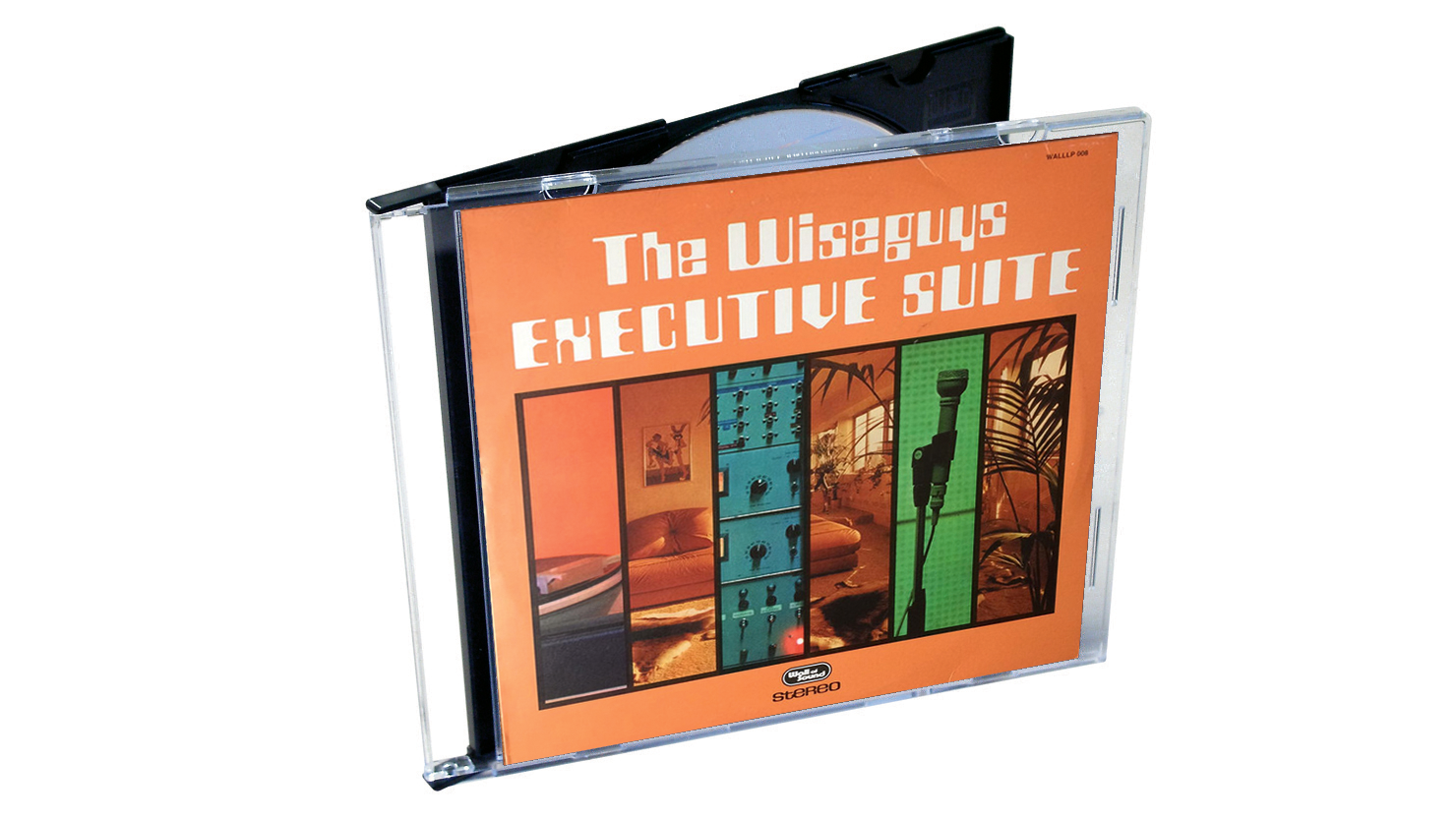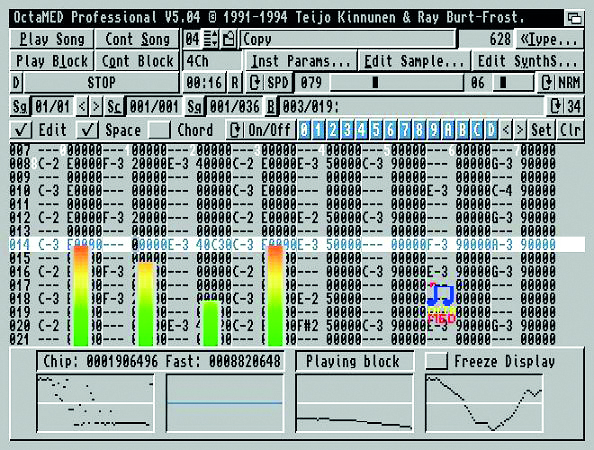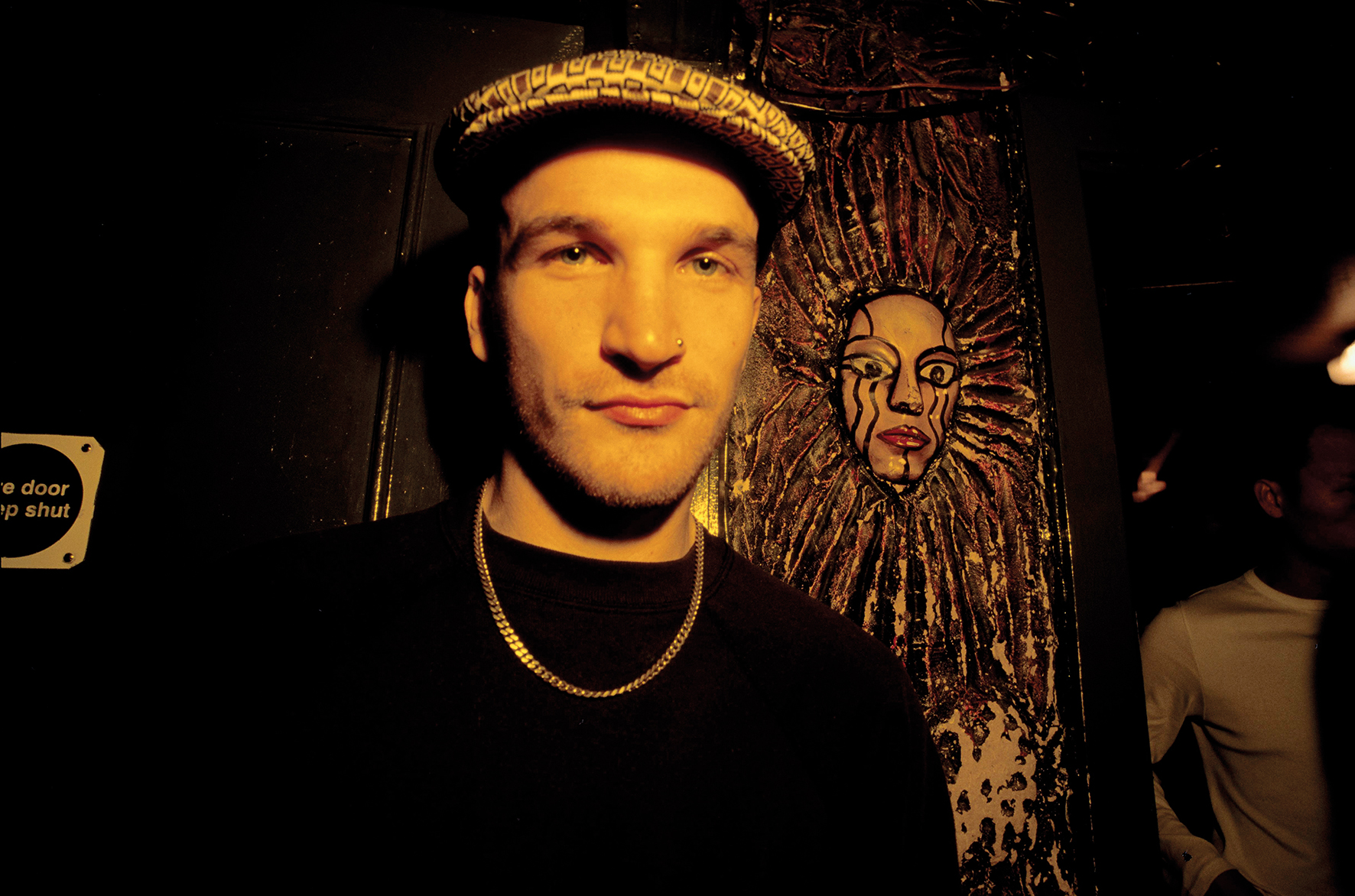Classic album: The Wiseguys on Executive Suite
DJ Regal walks us through their sample-packed '90s instrumental hip-hop classic track by track

Back in the mid-’90s, a pair of record-digging sample hunters were looping up their funky finds. The expertly paired slices of soulful grooves, neck-snapping drums, and hooky rap acapella snatches rivalled any boom bap hip-hop beats from across The Pond – no mean feat for the time.
DJs Regal and Touché had earned their stripes tunnelling through stacks of dusty wax for their own brand of instrumental hip-hop. And they soon hit the radar of Mark Jones from the fledgling Wall of Sound record label.
He’d come across the duo, now known as The Wiseguys, when compiling tracks for his Give ‘Em Enough Dope Volume One compilation album. The loose collection of tracks by like-minded artists produced a kinship, forging new styles that would later go on to be labelled trip-hop and big beat.
The Wiseguys straddled both emerging camps, with more of an ear for a catchy hook, and deeper record crates than the whole scene combined. Jones offered them an album deal, and work on Executive Suite began.
You can’t forget the competitive side of it all. You had to dig deep and pull out samples no one else had
“We were both competent DJs,” says Regal. “All the ideas came from the quite cheeky way we threw stuff together on the decks. It just doesn’t make sense, if you analyse it. But, cutting it up on the turntables, it sounded great. We weren’t afraid to mix things up a bit. And that’s what we wanted to do when it came to making the album. It would be lots of different genres. Lots of ideas. And a great way to expose all these beats and samples we’d been finding.”
It’s an album of hundreds of loops, pieced together before modern technology allowed you to quantise and easily match keys together. It was a case of trial and error. And working relentlessly to make sure their beats were the freshest, and the samples they flipped, the rarest.
“You can’t forget the competitive side of it all,” says Regal. “You had to dig deep and pull out samples no one else had. There was so much stuff that we found during the making of the album that we had to lose, because by the time we got around to releasing the album, someone else ended up using it on their track. That was the thing about the whole process, back then. You had to hurry up!”
Want all the hottest music and gear news, reviews, deals, features and more, direct to your inbox? Sign up here.
"To start, the home studio space was at the top of Theo’s (DJ Touché) house. I lived there for a year, prior to recording. We ate, drank and slept there.
To make the tracks we’d be playing records on the decks, and take turns doing the tape looping
“We used a very basic Amiga computer with a [Microdeal] MegaloSound [8-bit stereo soundsampler]. That was the connecting thing between our setup and the computer. Then I think we used an OctaMED [music tracker sequencer program]. Well done to Theo, he learned to use it.
“To make the tracks we’d be playing records on the decks, and take turns doing the tape looping.
“When it came to recording the album we mainly used Milo and Panik studios in London. There were rack-mounted filters, Akais, and 909s and 808s for the boom bap. But, the thing is, they didn’t have our setup, so we had to re-write everything. Some of the very minute detail of how we arranged our loops got changed, or even lost, when transposing. Because there’s just some things you just couldn’t replicate in their Cubase, or whatever it was at that point.”

Track by track with DJ Regal
Intro
“That was [DJ Touché] Theo’s find, as far as the loop. And it’s his cuts on there, too. And, for the beginning bit and the end I think he had some old children’s Star Trek records that he used. Vocally, there was just a perfect little thing we used that referenced us both. So, we used that, going into the Moondog [sample]. I mean, that was pretty cool. And it was just something we, like, always wanted
to use.
“So, that track came about pretty quickly. I would say it probably took about five minutes. But, it was a good five minutes.”
Casino Sans Pareil
“Once we had the main loop and the chorus, and then threw under the James Taylor beat, it was like, ‘Okay, this is pretty hot. We need to do this.’
“The Good, the Bad and the Ugly samples for the breakdown, which was me. The beat was Theo. Looking back on this album it’s hard to remember who found what record because we shared them so much.
“The title means ‘without equal’. There was a loose crew of us called No Equal. If you look on the back of the first Wiseguys 12” on Black Market, there’s a logo for it.”
The Sound You Hear
“Nice filtered bass on this. Early on, we discovered the best way to pull out basslines was to do a top and bottom pass filter, and combine the two. By doing that, especially if you’re layering a bass back onto its original loop, you don’t have to worry about maintaining that top end, because it’s all about putting the strength on the bottom.
“Panik Studios had a rack piece that was great. The guy there would spin around in his chair and head to the wall of racks and it was like, ‘Wow! What did you do? Keep it, keep it!’”
Room Service
“That was a thing that Theo did one night. I came back from a week away, I believe. And he was like, ‘I did this’. And I was like, ‘Sweet’. That was it. It took five seconds. It’s just, fantastic. It’s really cool. And it was just like, ‘Yeah, it has to be on the album’.
“It’s a skit. All our skits were kind of like palate cleansers or vibe changes. Like how Pete Rock would do. I mean, that was the biggest influence, for sure. And also, just showing off with our samples. We were young, back then.”
We Keep On
“This features the rapper, Sense Live. He now goes by Ollie Miggs from Bronx Slang now.
“Skip back to ’92 and he was over from New York and Theo got to meet him. Things happened very quickly. We made up some demo beats and he recorded a few songs, and this was one of them. We updated some of the samples by the time we put it on the album.
“We were really proud of the material we did with him. We got played on the demo sections of Choice FM and [Tim] Westwood, so that was a proud moment for us.”
Nil By Mouth
“The lead track on our first single with Wall of Sound, using samples of Bob James and The Mysterons. We had a theme in mind. The idea was that someone in the song was comatose in a hospital bed.
“We were tapping into genres. So, in horror and thrillers you’d have this moody scene in hospital, you know? ‘Is the guy going to make it?’ It was a scene we could visualise. So, it was like, ‘Let’s go the whole nine yards, and make it clear what we’re making the music for’. It was a very sombre track.”
Trailblazing
“We were making a statement with this one, just flipping samples. We were really pushing the boundary with the loop placement. The oboe sample that’s in there, from The Rite of Spring, I think. And the way it kind of weaves into the rhythm.
“It took a few tries to get that pitch speed correct on the turntable. But, then to make sure that it still was in key? We didn’t even think about that. In the end, it just turned out to be in the same key, so we were very lucky.”

Cromwell Street
“This was our horror track. It was all to do with the [Fred and Rose] Wests and the murder case. Then we just flipped a really fresh beat, which, at the time, hadn’t been found or used. We wanted that beat to be pride of place. Looking back, I would love to go back and remaster that, just because the beats are so loud in the mix. There’s so much detail that’s lost. We just left it a little raw. So, some of the impact of the creepiness got a bit lost.”
Sweet Baby Truth
“This features Sense Live and Tito-T, who was one of his crew in New York. Theo went out there to record them in ’95. That was a Jimi Hendrix loop, using both the guitar and the bass parts. And that was a prime example of splitting the top and the bottom end frequencies up. It really paid off. It’s a lovely loop.
“Our love of loops comes from doing pause button tapes. We would give tapes to friends and after a while they’d be humming this stuff back to us. So, we knew it was good.”
Poontang
“Our seedy ’70s song! We went for the more laid-back ‘smoked about ten bongs’ vibe.
“On tracks like this we were also very hot on the arrangement side of things. We had to make sure every track had a verse and chorus-like structure to give the impression that it could have vocals in. We were always aware that at any time our arrangements could possibly have a rapper on. Therefore, they should be succinct, and to the point.
“Generally speaking, we were making instrumental hip-hop. Making instrumental hip-hop means you still have to have structure.”
The Gemini IV Incident
“This was our space movie track. I was always gobsmacked by the
moon landings as a kid. And then sci-fi movies like Star Wars and Silent Running.
“Theo had some Moon records. They were kind of dramatisations. I said I wanted to do a space-themed track and almost make a movie through a piece of music. I wanted you to put the headphones on, close your eyes, and watch the film in
your head.
“Then we made it as dark as possible. I mean, I put [German rock band] Faust in there for Christ’s sake! My favourite track on the album.”
Caribbean Breeze
“This features Joey Bunsen and Season, who were also from Sense Live’s crew. And this track is them giving props to their background.
“I had the main loop we used on this for years, on a loop tape, and I always loved it. But, nothing really went with it. And then when we got serious about the album, we went back to it and we found bits that fit over it.
“Theo went to New York. He’d already sent a tape of loops to them. They picked up on this, and came up with this holiday record, if you like.”
Water
“We wanted to do something mellow. But, at the same time, we had some beats that we needed to flip into something fresh. It’s us flipping a dope beat which only heads will know to this day. What we wanted to say was, ‘Hey, if you want to dig, you gotta dig deep’. So, we dropped the beat we dropped, and went for the water vibe. And it just seemed to work. It clicked. It was like us doing the whole sort of library record thing.
“And then, you know, just cut up some EPMD on top, and it just seemed to work.”
Dust You Off
“We used Black Sabbath. Why not? Time to flip a classic beat. In hindsight, it’s possibly one of the weaker tracks. I’m not afraid to admit it. I love the album. Most of it stands up. Some doesn’t. Some of the ones I love don’t even stand up, but that’s more for technical issues. We just thought, ‘We’ve done all this work’. We were precious about it all. There’s so much work going into each track, so you can’t dismiss them flippantly. I’d never do that. But, I think, hand on heart, some of them could have been just given a bit more attention.”
Too Easy
“This is the one that sealed the deal for us. We went around [label mate] Jon Carter’s place and recorded it, and had great fun. It was just one of those tunes that was already sounding great. And then we came up with the vocal hook and it was like, ‘Wow. Are we going for the radio or what?’ We knew it worked.
“Wall of Sound did a semi-launch night for us and a couple other acts. And this was one of the biggest tunes of the night. And that’s not me bragging. Sometimes music just comes together.”
Future Music is the number one magazine for today's producers. Packed with technique and technology we'll help you make great new music. All-access artist interviews, in-depth gear reviews, essential production tutorials and much more. Every marvellous monthly edition features reliable reviews of the latest and greatest hardware and software technology and techniques, unparalleled advice, in-depth interviews, sensational free samples and so much more to improve the experience and outcome of your music-making.
